We all know that textile dispersants are chemicals widely used in the textile industry, and they play an important role in the dyeing and printing process. The main function of textile dispersants is to help pigments or dyes disperse in water so that they can be evenly adsorbed on the fibers, thereby achieving uniform and lasting color. In the textile process, textile dispersants are considered to be indispensable auxiliary agents, but their role is far more than that. Let us reveal more secrets about textile dispersants together.
First of all, according to the different chemical structures, textile dispersants can be divided into four categories: cationic, anionic, nonionic and zwitterionic. Cationic dispersants refer to dispersants with positive charges. They usually form a bond with dye molecules through electrostatic action and are suitable for negatively charged dyes. Anionic dispersants are dispersants with negative charges and are suitable for positively charged dyes. Nonionic dispersants are uncharged dispersants, and their dispersing effect mainly depends on the van der Waals force between molecules. Zwitterionic dispersants have both positive and negative charges and can adapt to different types of dyes. According to different mechanisms of action, textile dispersants can be divided into three categories: adsorption type, slow release type and colloidal type. Adsorption type dispersants refer to dispersants that can be adsorbed on the surface of dye particles and prevent aggregation between particles to achieve the purpose of dispersion. Slow release type dispersants refer to dispersants that can gradually release active substances during the dyeing process to maintain the dispersed state of dye particles. Colloidal dispersants refer to dispersants that form colloidal particles, which can form a stable emulsion during the dyeing process to evenly disperse dye particles on the fiber surface. Finally, according to the scope of application and environmental friendliness of textile dispersants, they can also be divided into traditional and environmentally friendly types. Traditional textile dispersants are usually chemically synthesized and have strong dispersing ability, but they will produce certain pollution during the dyeing process. Environmentally friendly textile dispersants refer to dispersants prepared by green synthesis methods, which have good biodegradability and environmental friendliness and can reduce the impact on the environment.
Secondly, regarding the application field of textile dispersants, it covers multiple links in the production process of textiles. Textile dispersants play a vital role in the dyeing process of textiles. During the dyeing process, pigments or dyes need to react chemically with the surface of textiles, but due to the interaction force between particles, they are easy to agglomerate together, thus affecting the dyeing effect. The addition of textile dispersants can effectively prevent the agglomeration of pigments or dyes, so that they can be evenly dispersed on the surface of textiles, thereby ensuring the uniformity and stability of the dyeing effect. Printing is a common textile processing technology that achieves the decorative effect of textiles by printing various patterns and designs on the surface of textiles. During the printing process, pigments or dyes need to be evenly deposited on the surface of textiles to ensure that the printed patterns are clear and colorful. Textile dispersants can help pigments or dyes maintain a stable dispersion state during the printing process, thereby achieving the quality and durability of the printing effect.
In general, textile dispersants play an irreplaceable role in the textile industry. They are widely used in textile dyeing, printing, finishing and coating, providing important technical support for textile production. With the continuous development and progress of the textile industry, the classification and application fields of textile dispersants will continue to expand, injecting new vitality into the development of the textile industry.

